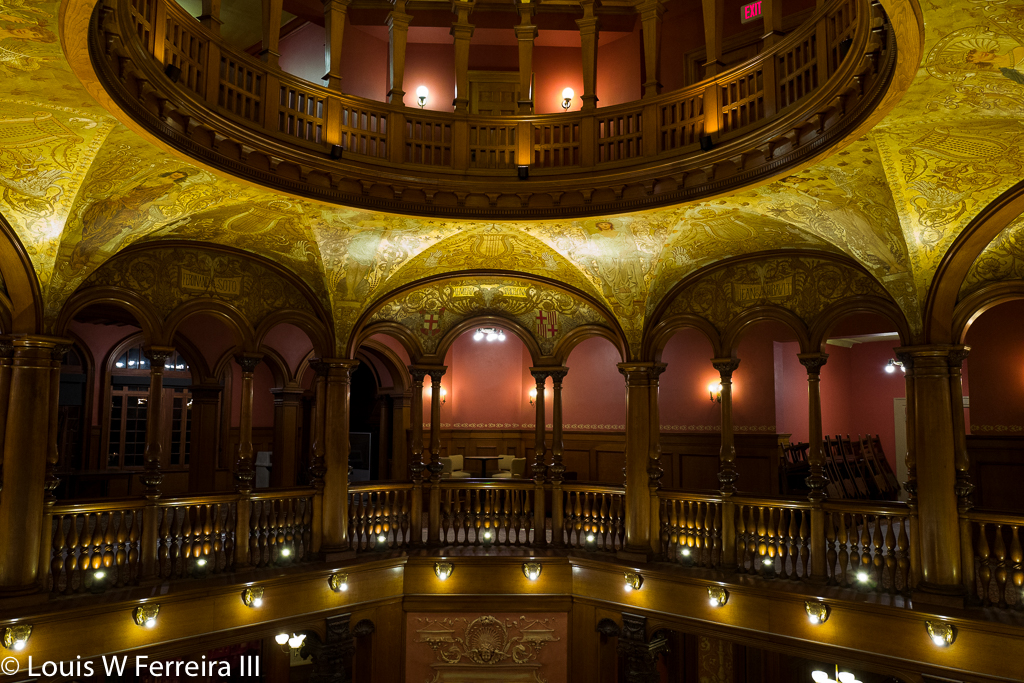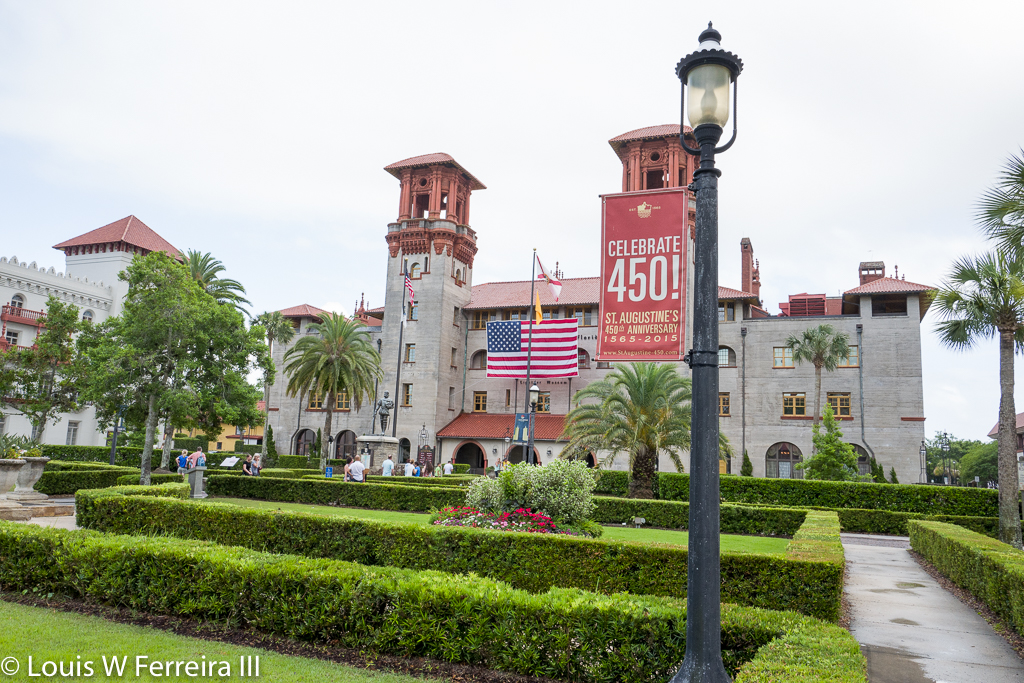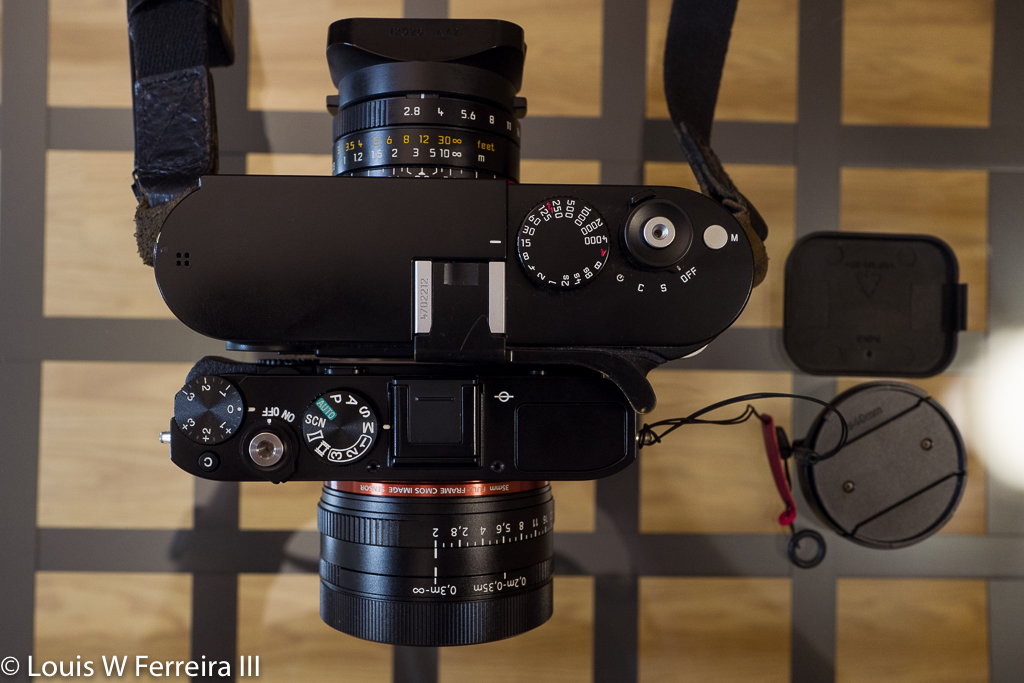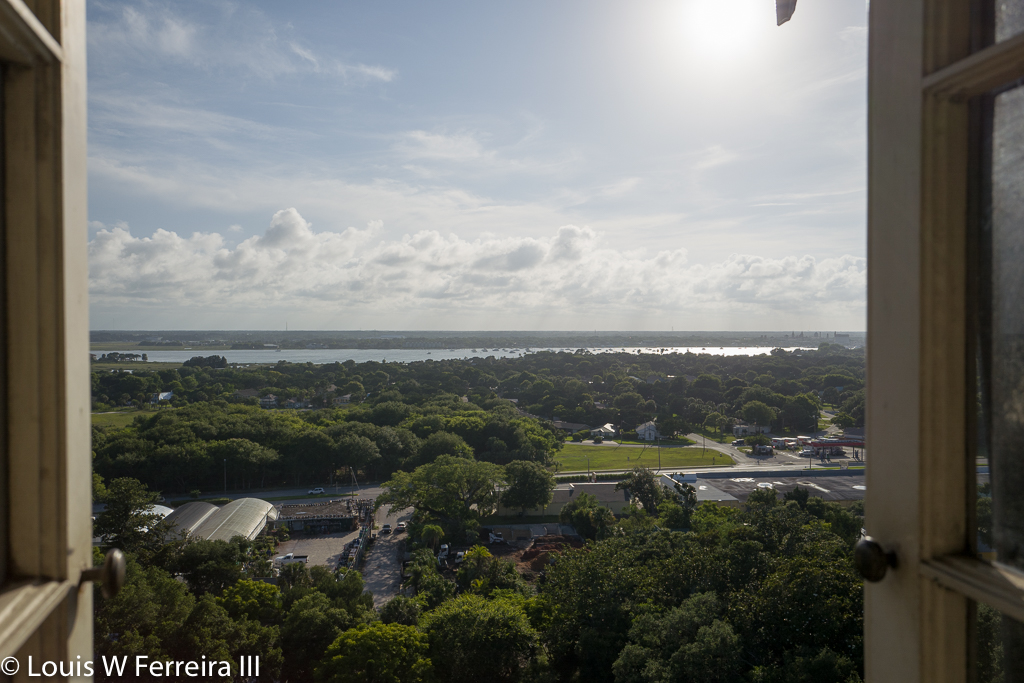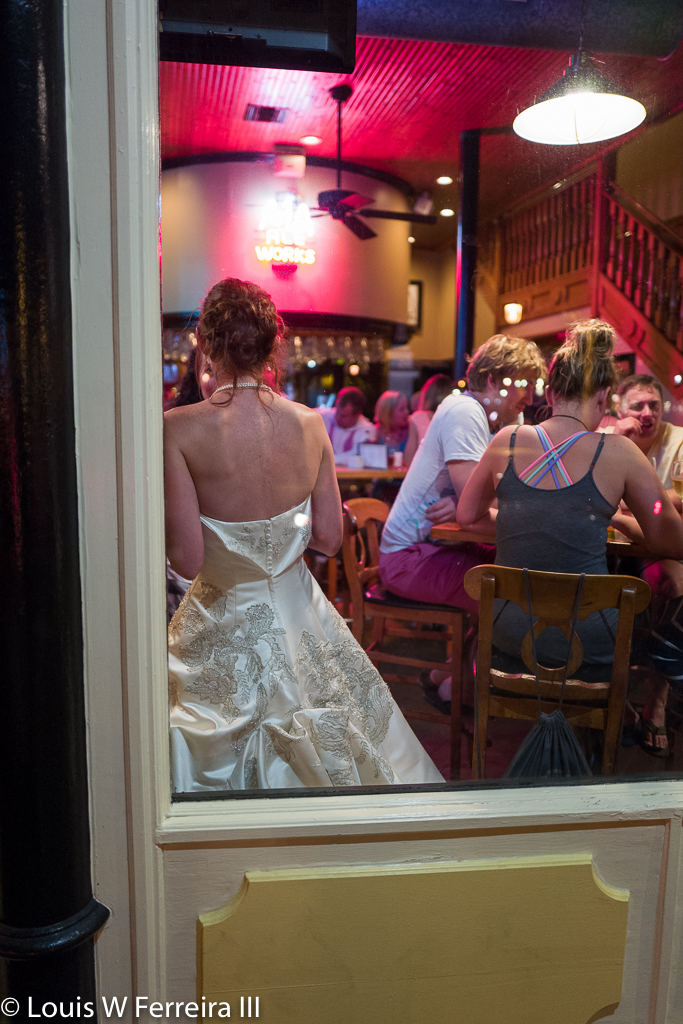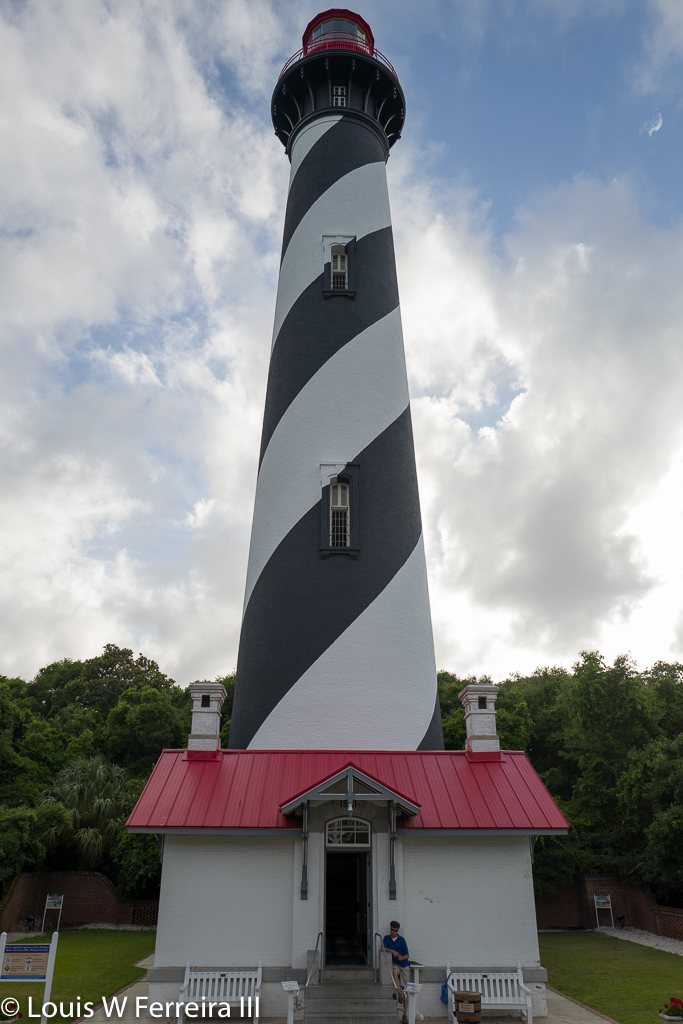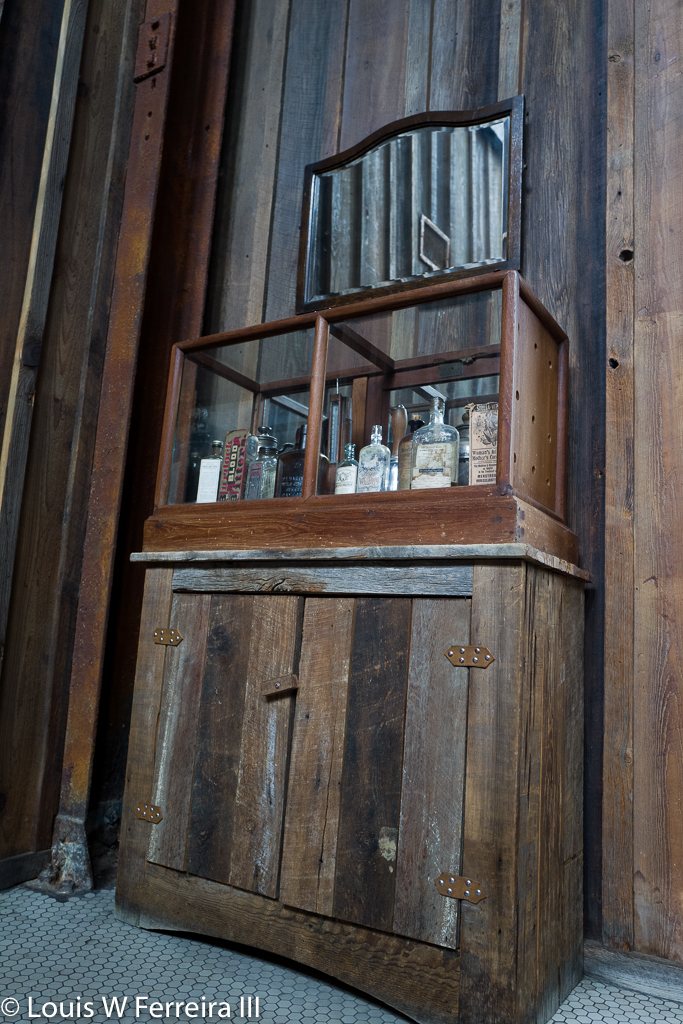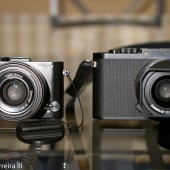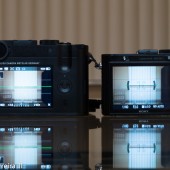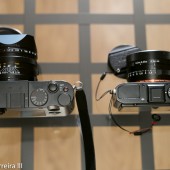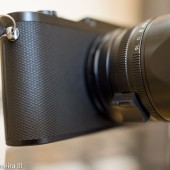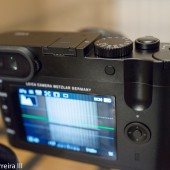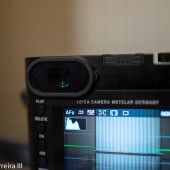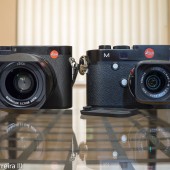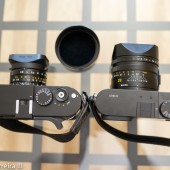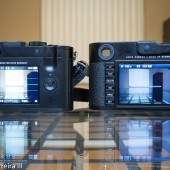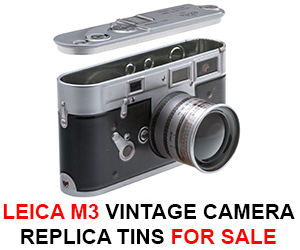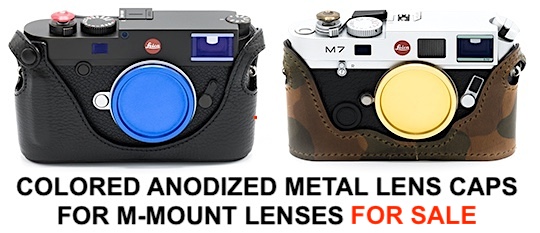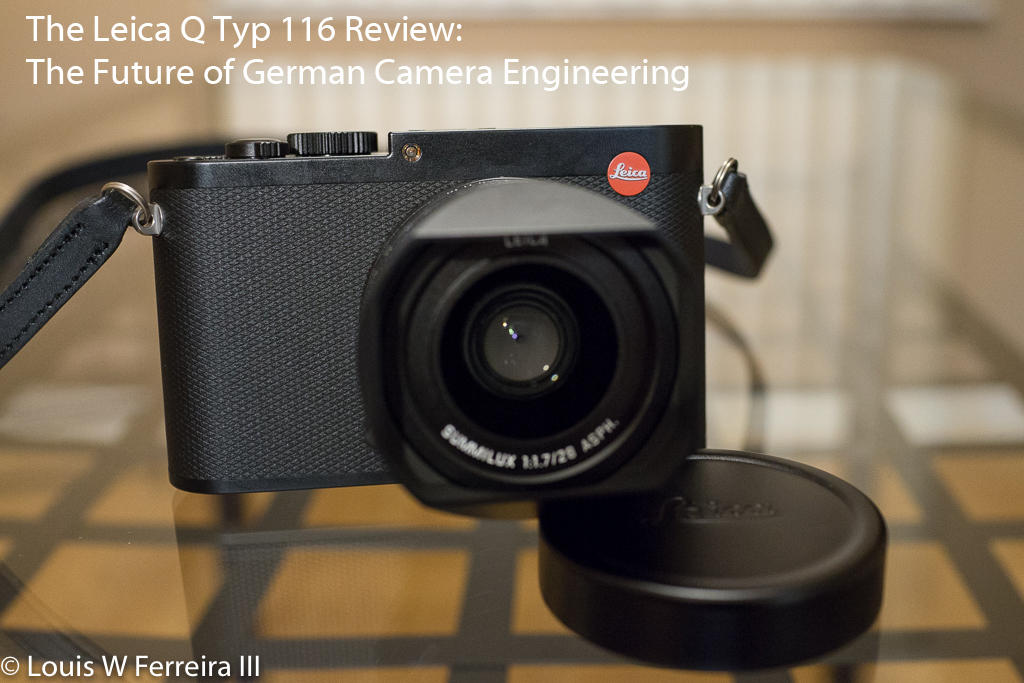
The Leica Q Typ 116 Review: The Future of German Camera Engineering
by Louis Ferreira
http://500px.com/LouisFerreira
We have a lot to discuss. So if you are looking for a summary, the Leica Q brings together the best aspects of German and Japanese engineering perfectly for the first time. I wouldn’t say the camera is for everyone and it isn’t perfect yet, but it’s the best modern autofocus camera we have seen from Leica and the best fixed lens autofocus camera on the market as of 2015.

Leicarumors was put in an interesting position in May when Leica invited us to see the Q. We already previously reported the name of the Q and we were sure we knew everything coming out, but Leica wouldn’t tell us in advance what we going to see, so we had to decide if access was of more value to our readers than smaller, possibly incorrect leaks about details. This was a trial for everyone involved and might not happen again, but if you have any questions or comments about the decision that was made feel free to contact us directly or via the comments.
The Leica Q
The Q is a game changer for Leica. It’s the first modern autofocus driven, full frame digital camera Leica has produced on the level of the M, and in some ways it surpasses the M. With a new 24MP sensor developed by an undisclosed manufacturer, the Q pushes safely past 6400 ISO. In fact, the new sensor is so good I am comfortable shooting in RAW all the way up to 12,500 ISO! Up to 50,000 ISO is also an option, but I did not feel the need to use it and felt my time would be better spent experiencing the camera rather than doing bland ISO tests. I basically spent about 30 minutes setting up the camera and taking a few test shots to review on my computer before shooting with it for 4 days straight.
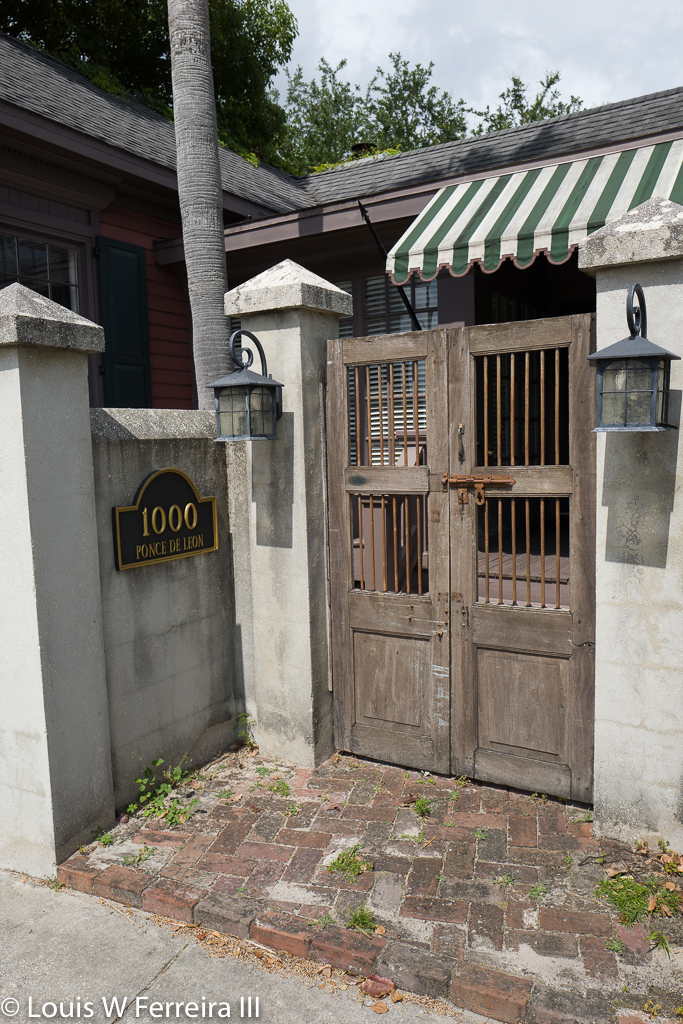
It has class leading autofocus that is more responsive and accurate than any fixed focal length camera I have ever used. During my 4 days of shooting with the Q, I only had 4 shots miss focus out of several thousand shots and I am pretty sure two of them were because I was impatient with the shutter button. I simply can not think of a single mirrorless autofocus camera that outperforms the Q under normal or low light conditions.
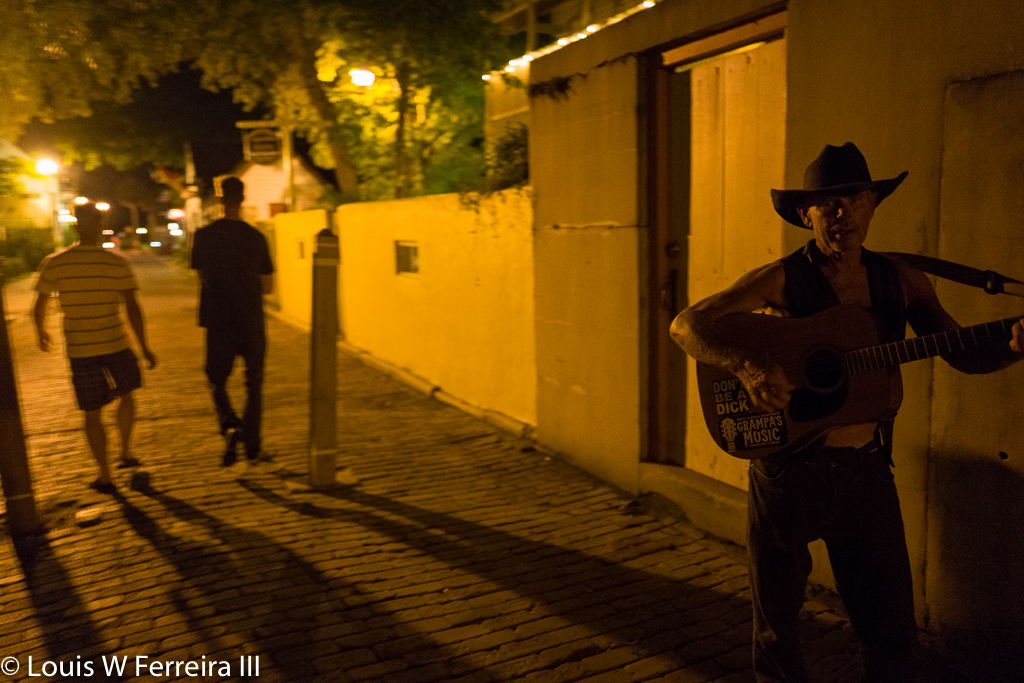
The review unit we received had firmware 1.0 installed and it was rock solid and blazing fast, but there was a little lag when loading preview images for the first time. The camera initially shows a fuzzy preview, which then improves in quality, but once the first image fully loads, scrolling through additional images does not exhibit the same issue. The Q is very snappy thanks to the Leica Maestro II, which allows the Q to capture up to 10 frames per second.

The Leica Q is an extremely snappy camera that addresses many of the issues that have caused me to sell or neglect every autofocus camera I have ever owned, while keeping an M by my side. For the first time I might not regret leaving my M at home and traveling light.
The Lens
The Q has a very unique 28mm f1.7 lens that only Leica could engineer. When I first saw it I thought of Fuji’s best lenses since they were the only company making good autofocus/focus by wire lenses. That was until I got my hands on the Q for this review. The more I used the Q the more it made my Fuji XT-1 feel like a cheap plastic toy. The feel of manually focusing the Leica Q is indistinguishable from using the best M lenses with a focus tab. That’s right, Leica put a focus tab with a little lock button on it so you can quickly switch the camera from autofocus to manual focus and it feels perfect! In my short time with the camera I really couldn’t decide if I would rather use the autofocus or enjoy the sublime feeing of manually focusing the camera, but I used both quite a bit. It took me about 15 min to perfect locking/unlocking the lens, but I believe this is a good thing because the unlocking motion should be a unique and deliberate action to avoid accidents. The ring was also a little stiff at first, but felt like butter by the end of my 4 days.
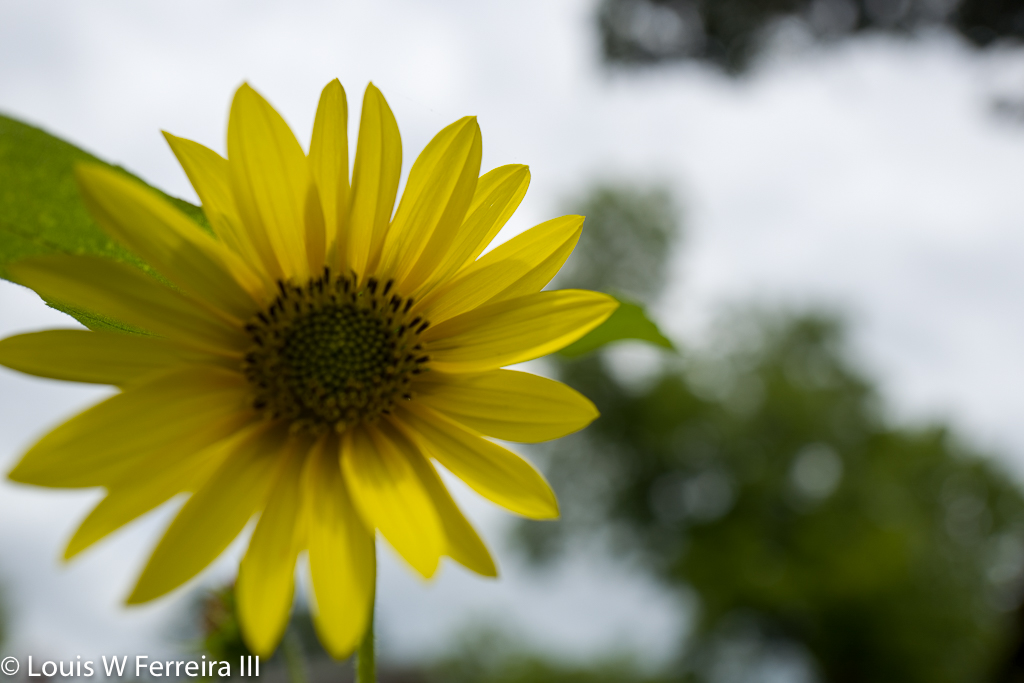
The front of the lens has a metal ring that screws off allowing a screw on metal lens hood to be attached. The lens hood is a good size and the stock lens cap fits the lens with or without the hood on, which is a very smart design I would like to see other manufactures duplicate. There is also an accurate focus scale that can be used for zone focusing and an aperture ring that clicks firmly into place. If you are a macro fan, then there is a ring located behind the focus scale that you can twist to activate macro mode, which is very special because when you twist it the focusing scale changes to show a macro focusing scale!
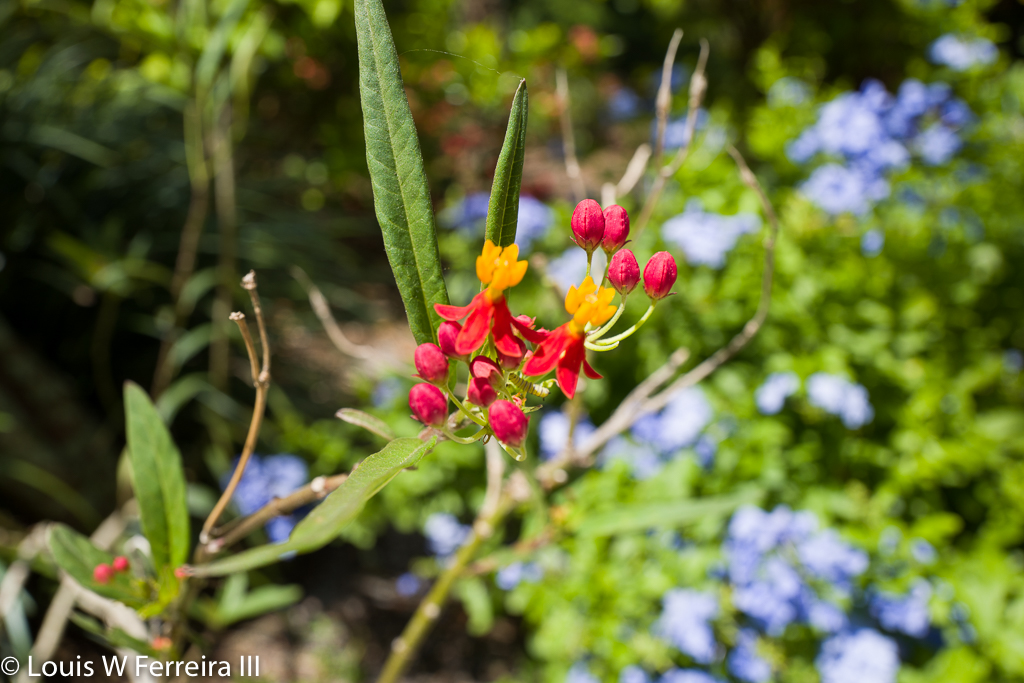
The decision to go with a 28mm fixed focal length is an interesting one because most photographers swear by 35mm and 50mm. It might have been an engineering decision but, personally, I quite like 28mm and this is probably the sharpest 28mm lens I have ever shot. This sharpness really pays off in the available crop modes. I am not a fan of cropping photos or crop modes, but Leica has a novel approach. If you set the camera to crop to 35mm or 50mm in camera the corresponding DNG will show the crop in lightroom and let you recompose it later. 35mm crops are 15MP and 50mm crops are 8MP, which is great if you do not need or want the extra megapixels.
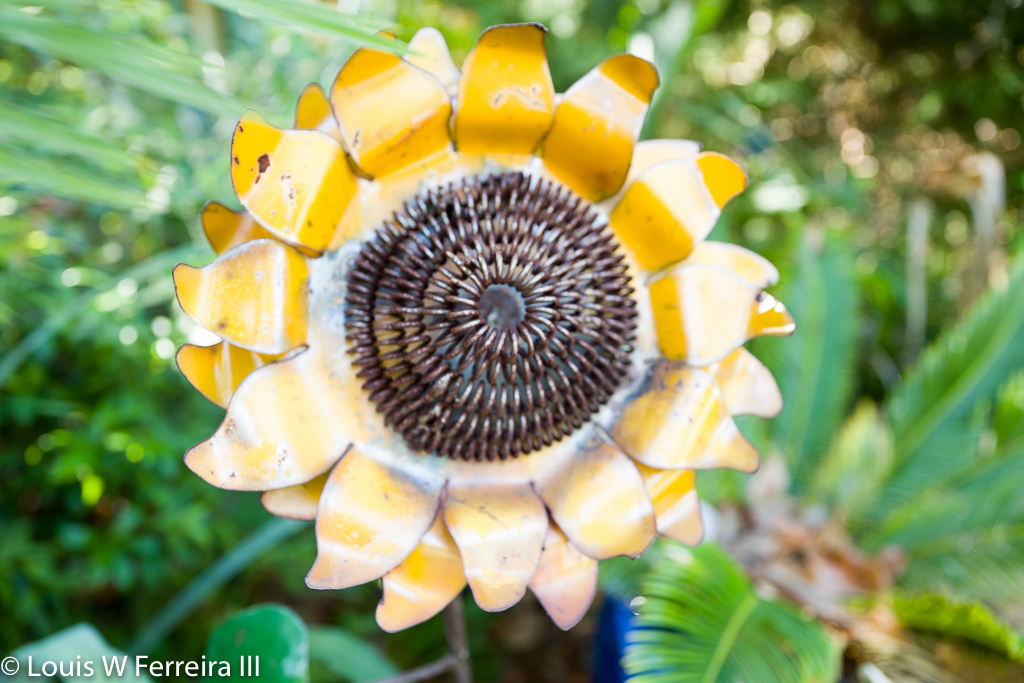
One more thing… It has optical image stabilization that is active during photo and video recording! According to Leica the stabilization is good for about 2.5 stops, which was plenty for me. I did not push the stabilization system, because the combination of a f1.7 lens and useful ISO up to 125,000 kept my shutter speed above 1/60 most of the time, but sometimes I toyed with settings just to see how images would come out.
The Sensor
I debated if I should discuss the sensor or lens first because I think Leica users are picky about color. I am also pretty sure Leica doesn’t want to talk about who is making the sensor because of the backlash from changing to CMOS and leaving Kodak. The sensor in the Q is not the same sensor as the M240 according to Leica and from what I have seen it couldn’t be.
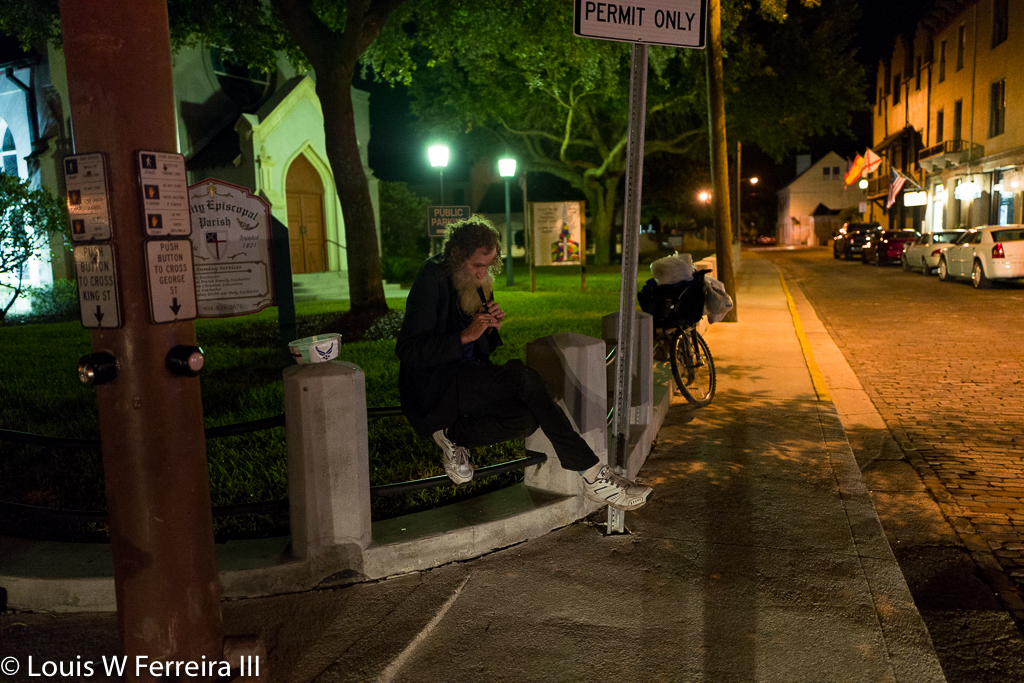
According to Leica the sensor is a CMOS sensor with 26.3MP total and 24.2MP effective pixels. The sensor refreshes at 120 times per second, which is necessary for good autofocus and EVF performance. I think a few microfourthirds sensors refresh at 240, but to the best of my knowledge refreshing a full frame sensor at 120 times a second is very impressive. Leica is using contrast detect auto focus, but I’m pretty sure this new sensor has some phase detection pixels on it that continue to work in lowish light to achieve these impressive levels of performance. I own a few other mirror less cameras and none of them out performed the Q.
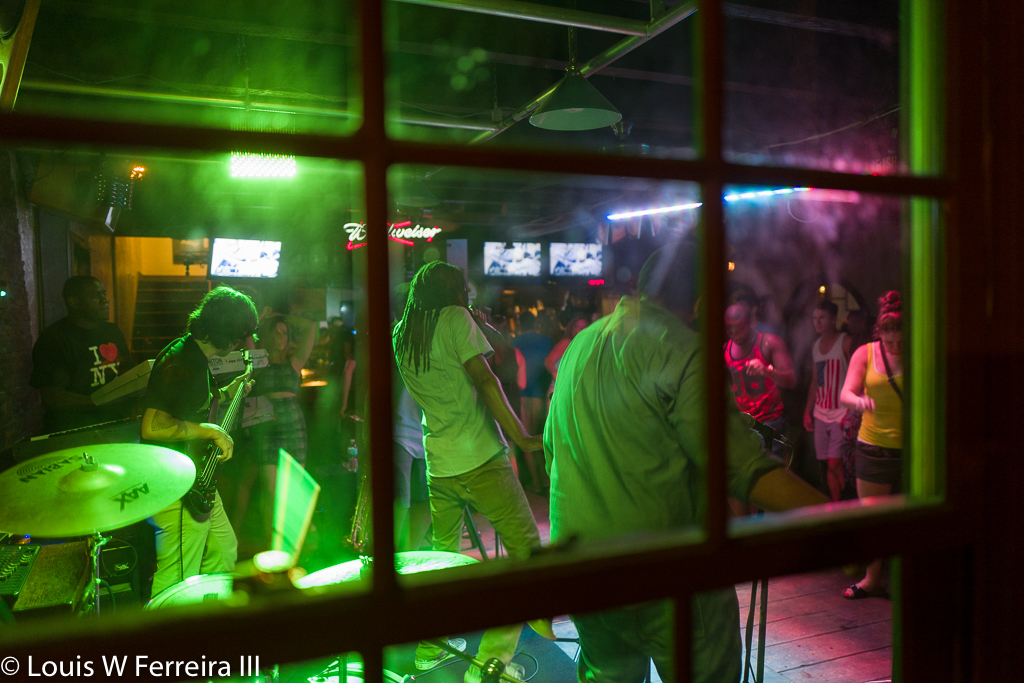
Color wise it is difficult to determine how well received the Q will be because I only have access to the built in DNG color profile at the moment so I’ll likely do a follow up post with the Adobe profile later. There’s a local Japanese garden that I have always shot for personal testing purposes called Morikami, which I have M8, M9 and M240 shots from. If you twisted my arm I would say that the DNG profile from the M8/M9 have the best color followed by the Q then the M240, but it’s very close and completely unscientific or normalized. I also use Adobe’s profile over Leica’s built in profile, but so far I really like what I am seeing.
Leaf and Electronic Shutter
For me, the biggest advantage the Q has over the M is a leaf shutter, because it is the quietest mechanical shutter. Further, I have always loved leaf shutters due to their ability to sync at just about whatever speed desired. According to some of the documentation we received, the Q syncs up to 1/500, but when I asked Leica they said 1/2000. I think the discrepancy might be a limitation of Leica TTL, because when I did some manual test shots at 1/2000 they came out perfectly fine. I do not have any to show, because the shoot I planned fell through, but I will likely explore this more in the future. I love leaf shutters and high sync speeds because of the potential to inexpensively replace all of the natural light with artificial light, but it can be time consuming to setup.
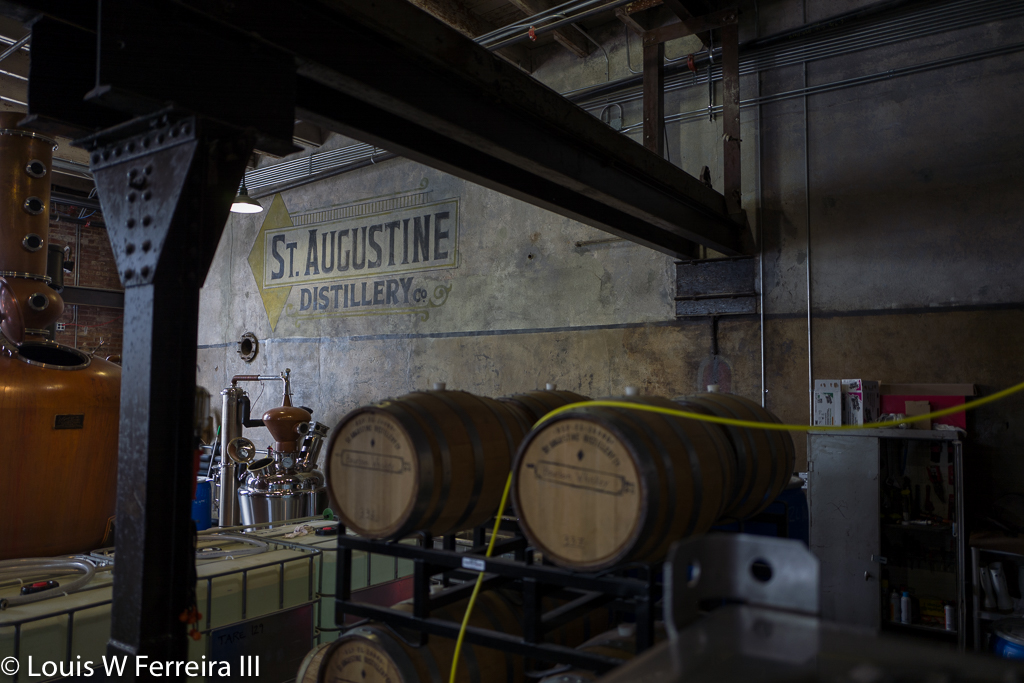
If you were to judge the Q based on the shutter dial, you would be missing an important feature of the Q. The electronic shutter, which is completely silent and goes all the way up to 1/16000. This can be adjusted via the dial on the back or automatically. There also might be a way to make a TTL flash into a dummy flash that will fire while using the electronic shutter allowing for some really unique creative opportunities.
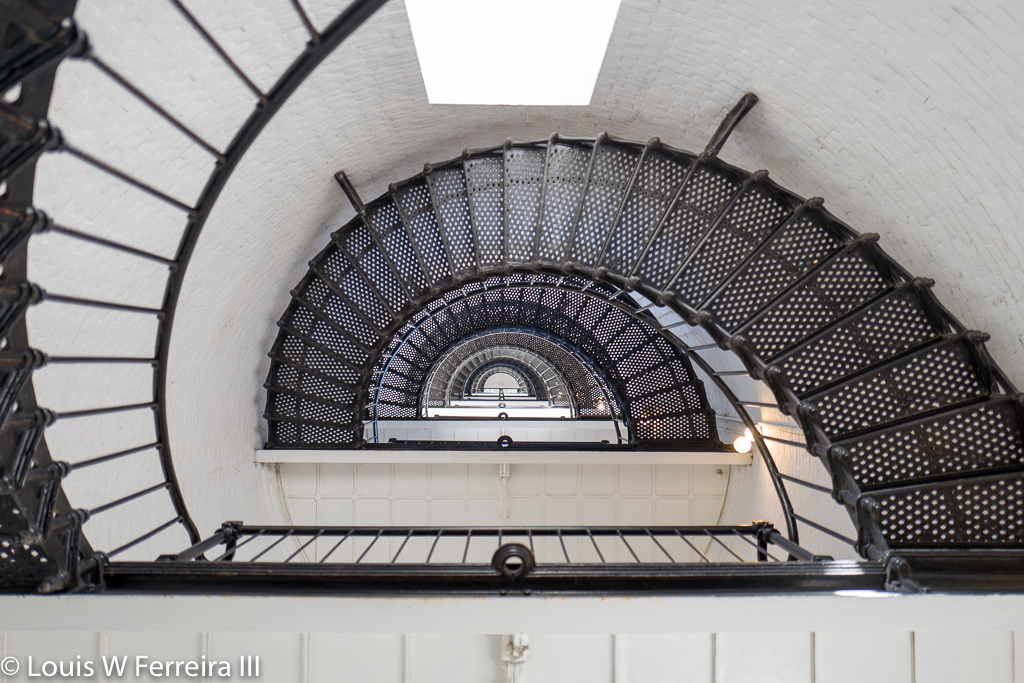
The leaf shutter can also operate incredibly fast. It is able to snap pictures at will, but can shoot at 3fps, 5fps and 10fps. The buffer on the Q is about what you would expect, but it clears pretty quickly with a good SD card and I found myself taking more pictures than I normally would when trying out these modes. I try to take one picture and move on, but as my Leica’s get more responsive I find myself taking 2 or 3, which I am not sure I like.
File Quality
The RAW files are 14 bit and can be pushed 2-3 stops pretty comfortably and according to Leica, capture 13 stops of dynamic range. Surprisingly, the DNG files are 43MB apiece which is almost twice that of my M240 compressed files, which come in around 23MB. Storage really isn’t a problem in today’s world, but the large file size is compounded by the lack of a RAW only option; so add another 6-8MB and each shot equals about 50MB of storage. This waste of space is a little frustrating considering the initial preview loading issue, but I think the camera loads raw data for previews so the JPG limitation might be for the smartphone app… The JPGs are pretty good, but seem a little darker than the DNG files, but I really didn’t spend much time with them because I am a RAW shooter. Leica also doesn’t prevent you from getting a RAW file at higher ISO levels. The Q produces very good high ISO files with very unoffensive noise. All of the pictures seen here have had very minimal work done on them, I really don’t like to spend more than a few seconds editing a picture.
The Body
I didn’t have a M9 handy to compare the Q, but I am pretty sure the Q and the M9 are about the same size. The Q might be a little smaller, but not by much. It is also incredibly ergonomic. For 4 days the Q did not leave my side or hands.
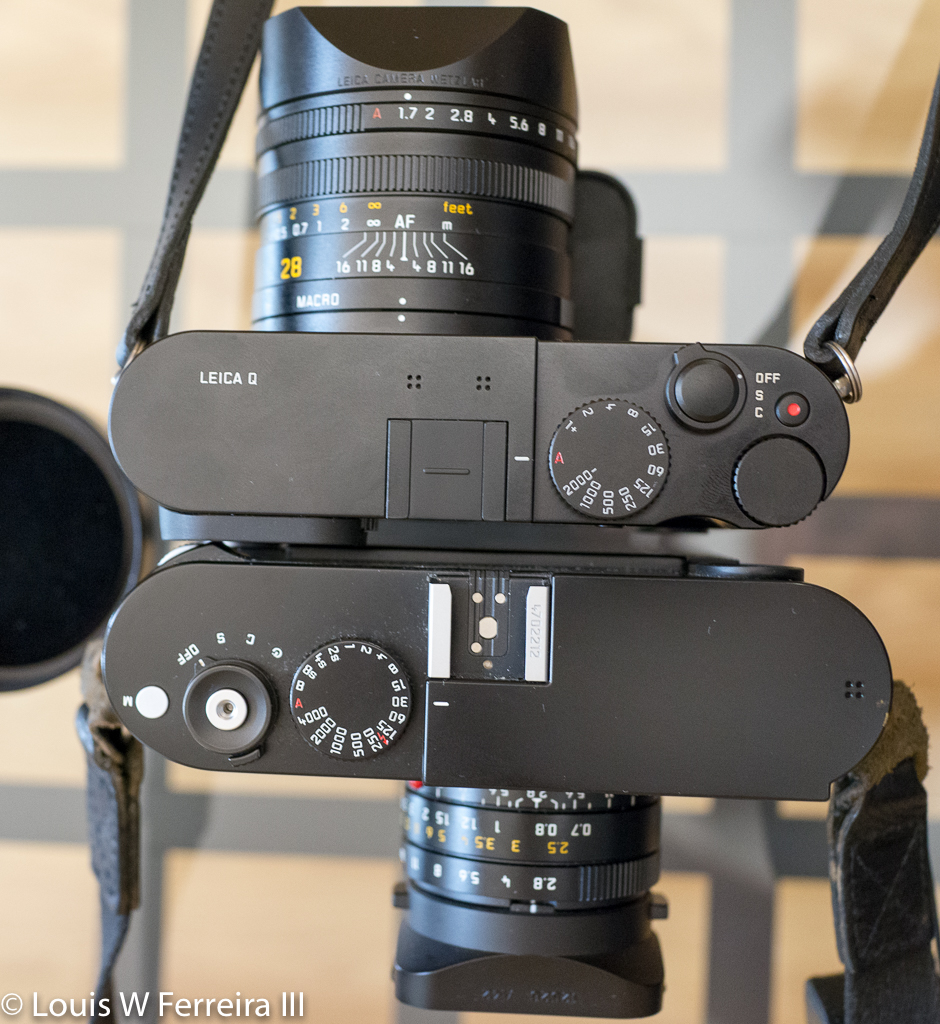
Now the size of the Q might be a disappointment for some Sony RX1 fans and, to be honest, I own a RX1. It was a great camera and an engineering marvel, but the size required a huge compromise, battery life. I could do a big RX1 vs Q comparison, but the Q outclasses it in every way except size. Neither camera will easily fit in your pocket so why debate the topic? My RX1 and RX100 run out of power pretty regularly so I have to remember to charge 3 extra batteries and then carry them around. The Q provided me with enough charge for a full night of shooting consisting of 400 shots and 45 minutes of video, which is pretty respectable. I turned it off between shots and used the EVF often, but I really didn’t do anything too extreme to extend my battery life.

The body is a bit mixed because lesser buttons could have been done better. The dials all feel a step above the X series cameras, but the D-pad on the back is a little small and plasticky, which is problematic because it can be used to quickly change the auto focus point. The body feels light but solid, because it is made of magnesium and aluminum. Leica has greatly improved their thumb grip design too, completely removing the need to purchase a thumbs-up. I think Machinetech is going to have a hard time improving Leica’s design, but I look forward to what they come up with.
EVF/LCD
The EVF is a 3.68MP LCOS display with an adjustable diopter, which is comparable to my Fuji XT1 EVF. It refreshes at 120hz, so it is incredibly responsive, and it is located on the left of the camera just like the Leica rangefinder. I really enjoyed using the EVF, and think the inclusion of a diopter will make many people that wear glasses happy.
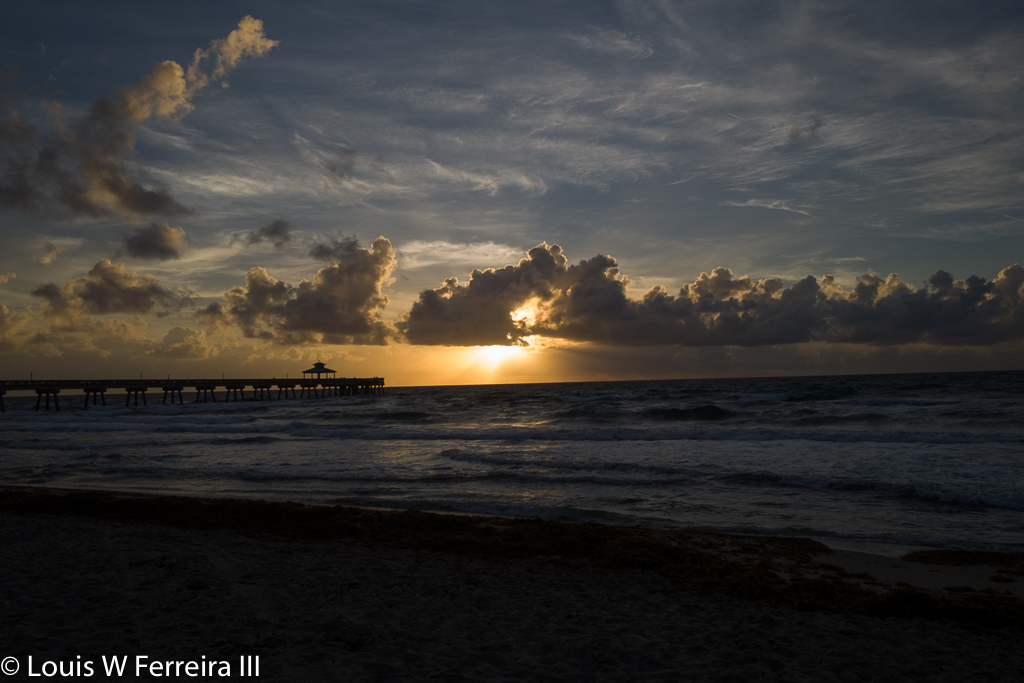
The LCD is 3″ and 1MP, and has full touch controls. Many of you will groan about this as I initially did, but it does have one touch feature that I always enjoy. In addition to touch to focus, the camera can be set to snap a shot once focus is achieved. This is a very good way to reduce vibration and take some types of photos on a tripod. You can also swipe through photos just like on an iPhone if you choose too, but none of these features are forced on you, and all of them can be turned off.
Video
I didn’t get to spend a lot of time tinkering with video on the Q, but the camera seems to be a step above the M240 in just about every way. Toward the end of my night shooting in St. Augustine, Florida I decided to stop for some beers and live music, but was tired and didn’t have the time or patience to figure out a flat profile for color grading on the Q. Instead, I decided to shoot the Q much like many of you will likely use it, so I put it on a mini tripod on a table, and filmed a great live local performer Bret Blackshear.
The atmosphere wasn’t overly loud, but the Q did a very good job of metering the audio and video. I could have spent an hour fully figuring out the video/audio features of the Q, but I am pretty happy with the results without having to tinker much. Watching the video on my Apple Cinema display I see a lot of Leica pop, which I love, but I am a little disappointed with the footage on larger TV screens in my house, but it could be for a variety of reasons. My cinema displays aren’t much smaller than largish TVs, and I am sure many of you will not professionally process your video footage, so I think leaving the video in an unaltered state is the best way to present it to you.
I did some testing for compression artifacts using the ocean, but wasn’t satisfied with the footage. The only reason I am bringing the footage up is because I wanted to mention that there was no blatantly noticeable ugliness; so the mp4 codec/compression Leica is using is probably pretty solid. I have a bit of a video background, so if readers are interested in more Leica related video articles leave a comment and let me know.
The Smartphone App
I wasn’t given access to the smartphone app at the time of the review, but from what I understand it provides remote viewing and control, along with complete control over the camera. The Q has the modern forms of connectivity you would expect a camera to have, Wifi and NFC. There was some discussion of tagging photos with GPS data from your phone, but I have never seen this work well, and I really do not want to carry around an additional battery pack that could damage the connector on my phone just to geotag my pictures.
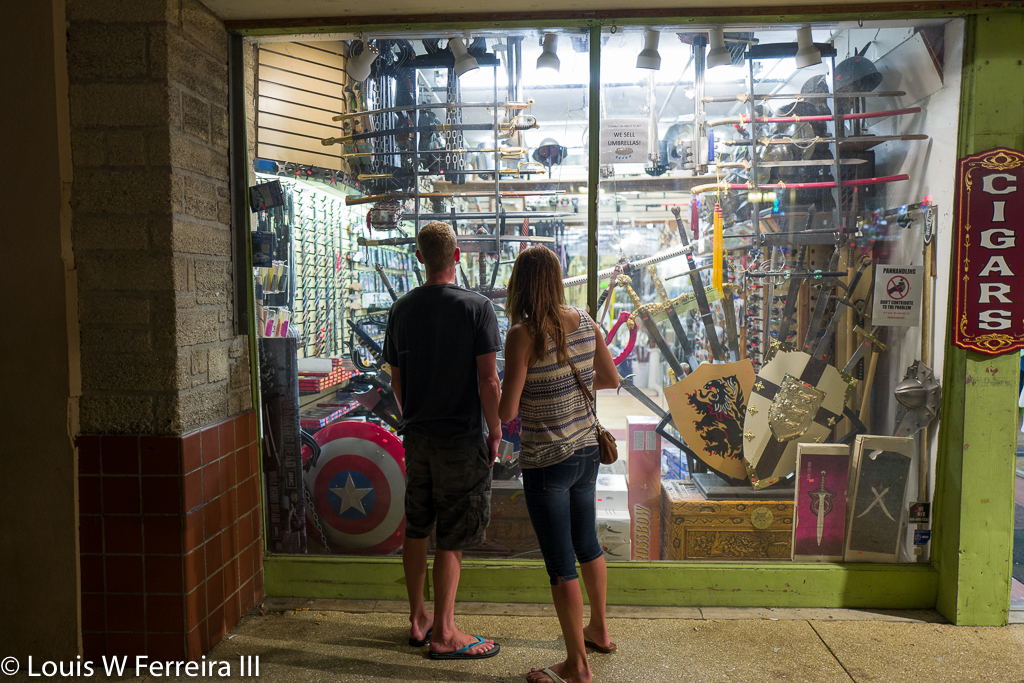
If you are into quickly uploading photos to social media, then according to Leica you can do that easily. Personally, I would rather edit a DNG myself and upload it later than leave it up to their JPG engine, but it’s a nice feature to have.
The Perfect Marriage
Leica and Panasonic have enjoyed a complimentary relationship for sometime now, but the recent 5 year extension of this mutually beneficial arrangement seems to have resulted in something quite special. The Leica Q is as responsive as a Panasonic GH4, while being as refined as a Leica M. Everything about the Q is strait forward and it is a camera that a skilled photographer can operate entirely by touch, which is a hallmark of the M system few have matched. Both companies should be applauded for their achievements and I look forward to future cameras like this one.
Short Comings
The biggest short comings for me are the ones that can’t be corrected by a firmware update, so we will have to wait for the next model. So, my top short coming is a lack of weather sealing. For casual street shooters like me there is nothing worse than having a day of street shooting spoiled by rain. Worse yet, having to carry a bag that you might not have otherwise taken with you just incase the sky decides to open up on you. I had this happen to me twice during my 4 day review. On day two the camera got a little wet and it survived, but the first day it rained so bad that I used my body as an additional shield over my water proof bag while walking 4 miles back to my hotel room for the night. Did I mention I have back problems…
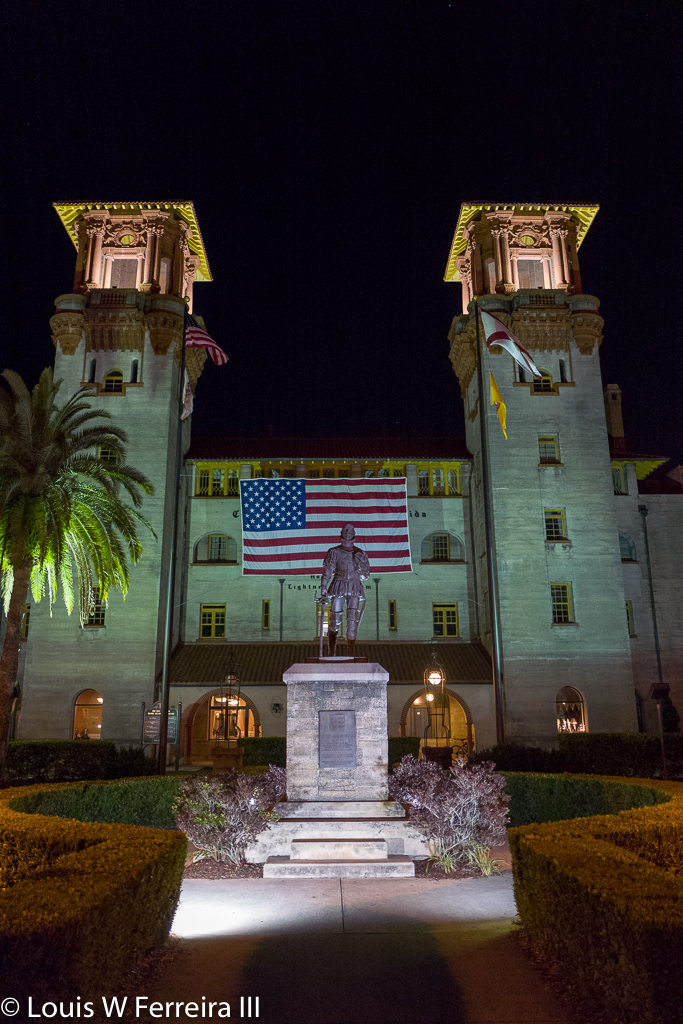
The D-pad gets the job done, but I found it to be a little small and plasticky feeling for such an otherwise well made camera. If the goal was to go small, then they should have went with a metal joystick or nub instead. The camera has plenty of room on the back for a fullsize D-pad so I am a bit confused by the design philosophy.
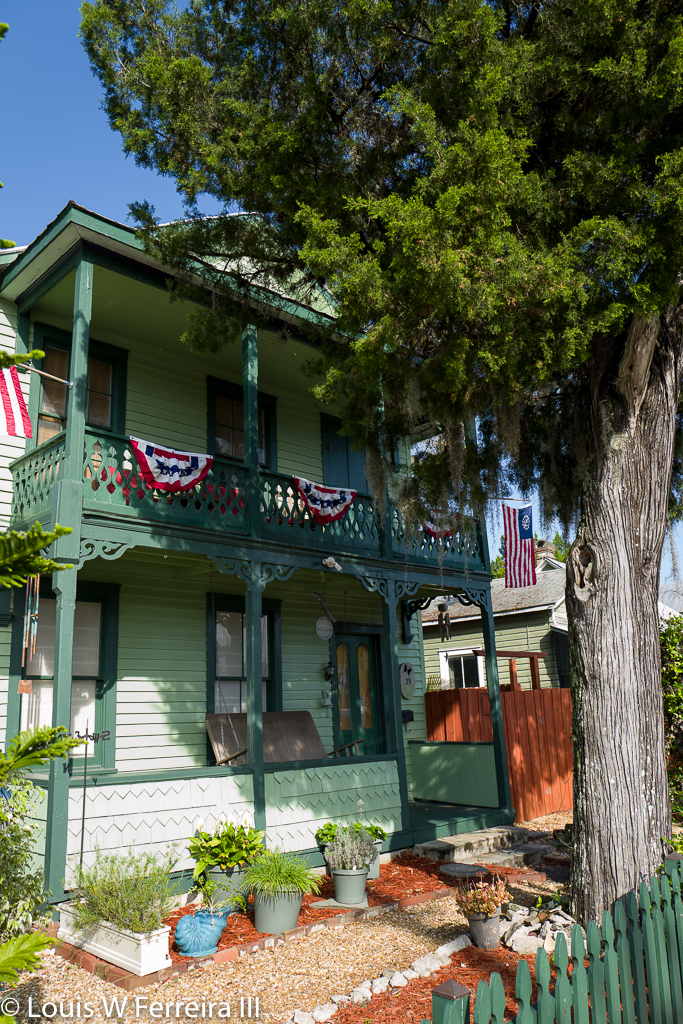
Beyond the lack of weather sealing and D-pad issue, Leica needs to aggressively support this camera with firmware updates and useful accessories. The picture load in issue needs to be resolved in the first firmware update, which I hope they have ready shortly after launch. I also do not like that the camera does not hold a set electronic shutter speed when powered off, this should be corrected in the first or second firmware update because most photographers are going to turn the camera off and on since the camera starts up almost instantly. 1/8000 is very useful in sunny places like Florida and quickly turning your camera on to capture a fleeting moment only to later realize you did so at 1/2000 when reviewing the image can be a heartbreaking experience.
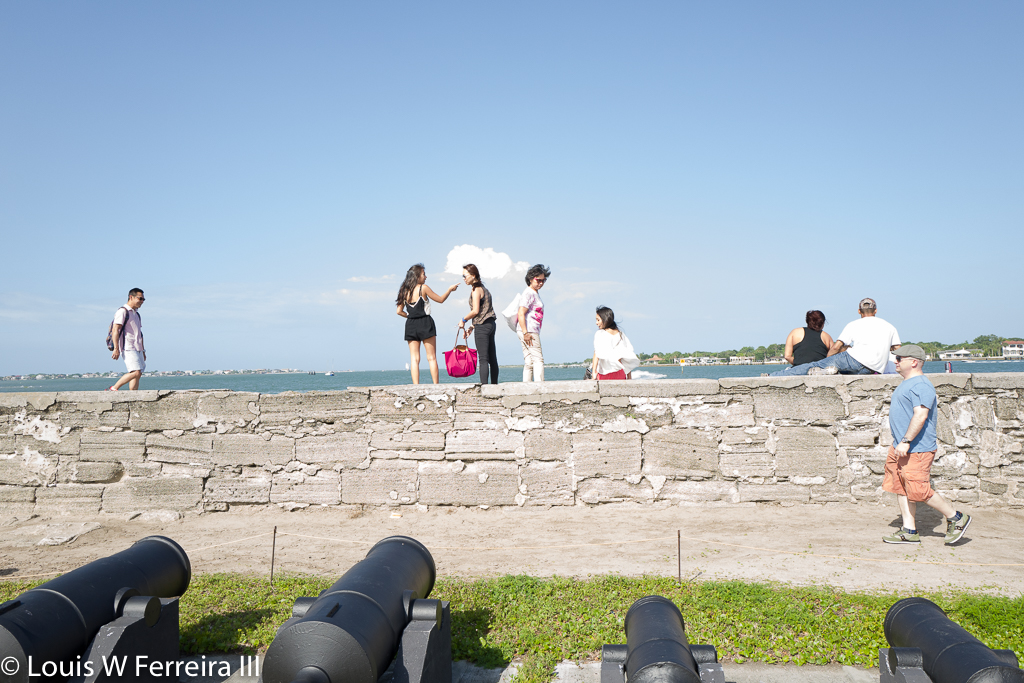
This camera also needs a GPS module similar to the M240, but one that works quickly. I love geotagging my photos and not having that ability quickly and easily available on the Q will be a huge drawback for me. I highly doubt that a smartphone app is going to cut it, but maybe Leica will prove me wrong. I can see a phone GPS being better, but battery life and connectivity become huge issues.

The smallest issue users might have with the Q is the focal length of 28mm, which I personally love, but others may not. Most photographers I know prefer 35mm or 50mm so Leica really should create adapters for the Q as soon as possible if they want to stand behind the system. It’s not something I need, but it’s something that will greatly expand the Leica Q’s audience.
The Future
My impression from meeting and talking with Leica about the Q is that they are very excited about the Q, and I think it is pretty obvious I am too. I think this camera signals a new direction for Leica from the amount of effort being put into this launch. I also took the opportunity to voice much of what I have covered here and they seemed receptive. I understand Leica is a small boutique camera company, but these kinds of cameras can become cult hits when properly nurtured. Look at what Fuji is doing with their X100 and XT1 firmware updates. Adding features along the way via firmware is going to become the norm as camera makers have additional storage and processing power on board to toy with, and Leica has everything they need to provide a similar level of service to cameras birthed from the Leica/Panasonic partnership that has resulted in this almost perfect camera.

During our meeting I also asked about the possibility of using the threads on the front of the 28mm lens to adapt the lens to 35mm and 50mm and was informed it is possible, but they have nothing to announce at this time. I thought to ask this question because Fuji makes some great adapters 28mm/50mm for their X100 series camera and I am pretty sure Leica could do the same. So, let’s hope we see these come out down the road, but I think we might see something else.
The Fuji X system began with the Fuji X100 and the Sony A7 began with the Sony RX1. I think it is highly likely that the Leica Q is the beginning of a new full frame interchangeable lens system. The Q body is large enough to fit a bayonet mount, and many people have vision issues now due to a variety of life style changes associated with the technological revolution that make focusing a rangefinder difficult. Nearly 86 percent of high school students in China suffer from myopia, which could make focusing a rangefinder difficult.

To Buy or Not to Buy
At the end of my 4 days with the Q I really wanted to keep the camera and tell them to charge my credit card on file. I even tried to have Leica reserve one for me without any kind of response. So, I am hopeful the Q will be abundantly available because I do not want to take a road trip to pick one up like I did to get my M240. Using a Q is an addictive experience because nothing feels quite like one.
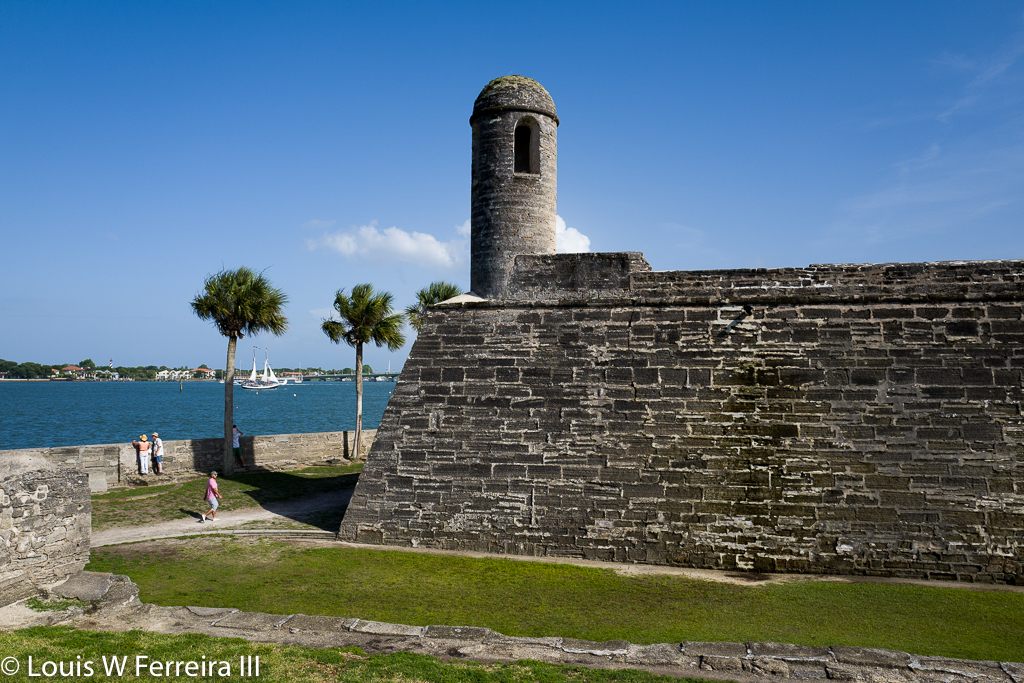
If you were thinking about buying a 28mm Summilux for your M240, buy a Leica Q instead because you will get a second body with better low light performance and a lens with superior bokeh, while saving a few thousand. When the 28mm Summilux was announced I started trying to figure out a way to add it to my collection, but now I would rather have a Q.
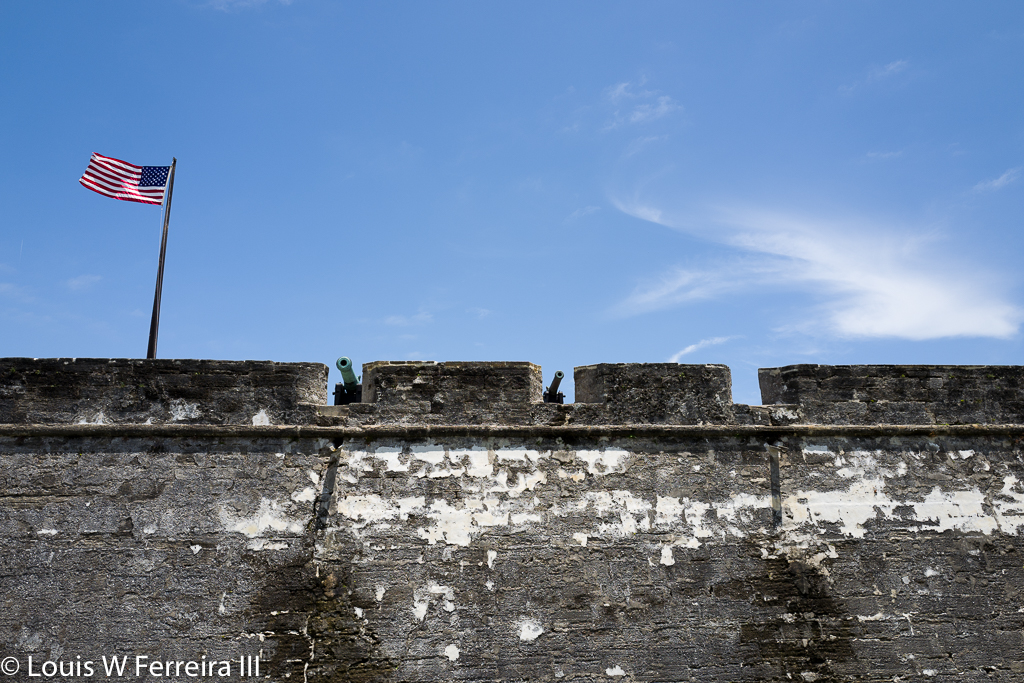
The Leica Q is an incredibly versatile camera and I am sure it will gain a cult following similar to the X100 and RX1. I just hope Leica continues to support it as time goes on through aggressive firmware updates and accessories that expand its usefulness.
More pictures are available at http://500px.com/LouisFerreira/Leica-Q/
The Leica Q Typ 116 camera is now available for pre-order at B&H Photo, Adorama and Amazon.
